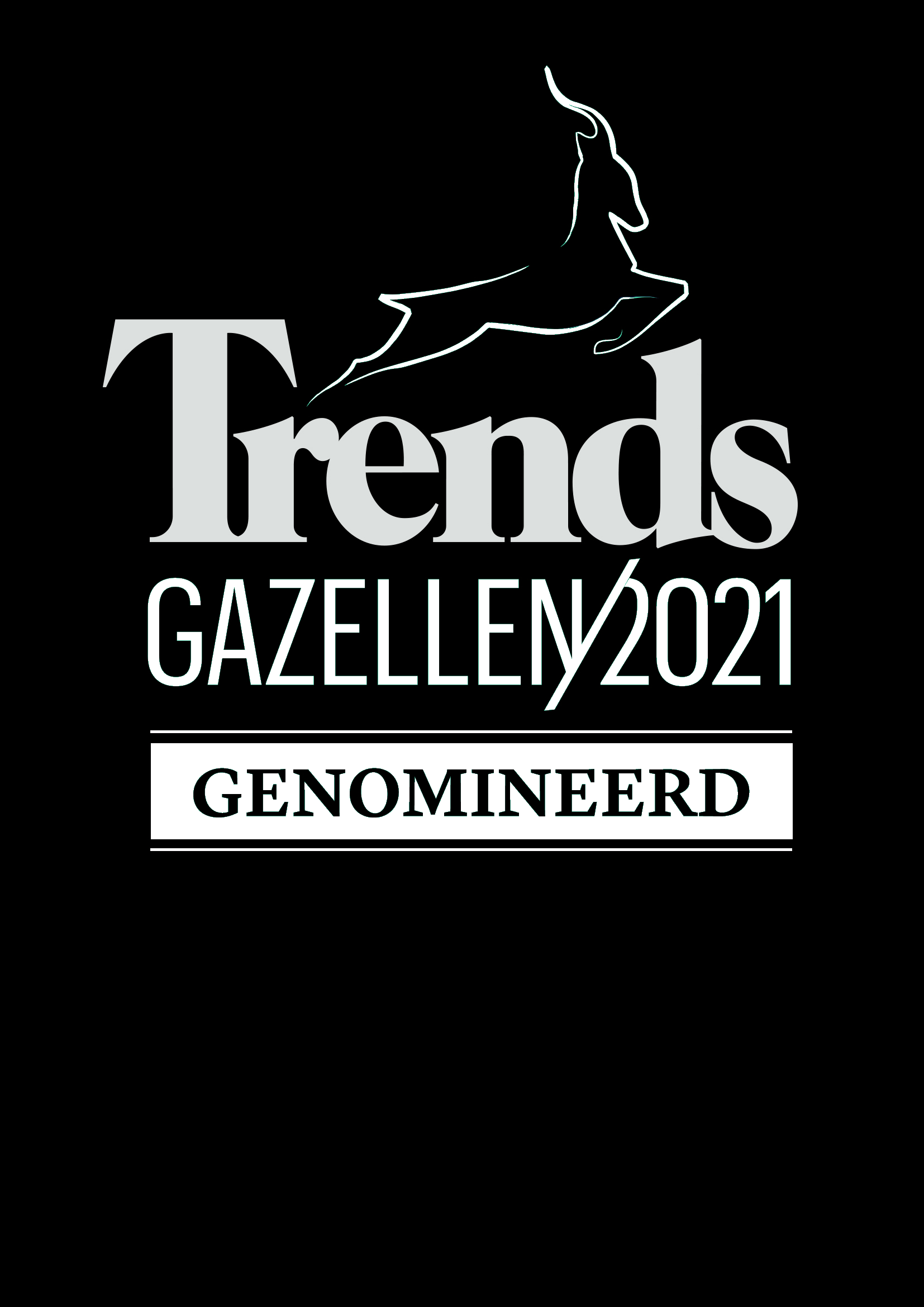ShinyProxy 3.2.0
We’re happy to share that ShinyProxy 3.2.0 is now available. This release focuses on a range of small but meaningful improvements aimed at making ShinyProxy easier to use. Debugging issues is now easier than ever, thanks to clearer error messages and improved error handling. The documentation has been extended with more background information (allowing you to better understand how ShinyProxy works) and additional troubleshooting information. During the last months, we’ve noticed that the adoption of ShinyProxy has been rapidly growing.

